Before talking about the Caldigit TS3 Plus we need a small premise: when Thunderbolt 3 arrived in Macs about four years ago, someone turned up their noses, because they saw yet another standard of passage.
Instead, the Thunderbolt 3 format has spread very well, much more than the previous version, with absolutely interesting prices and features in the professional world, to which this Caldigit TS3 Plus is aimed, but also in the prosumer one, for which the product can be a nice discovery.
Because if you have a Mac mini or an iMac this hub is very convenient, but if you have a laptop it becomes really important.
Caldigit TS3 Plus, the review
Professional soul
Caldigit TS3 Plus is a professional HUB, with no frills for the head: everything is brought to functionality. Starting from the external power supply, which looks like a black plastic brick, up to the connectors, many, mostly in the back.
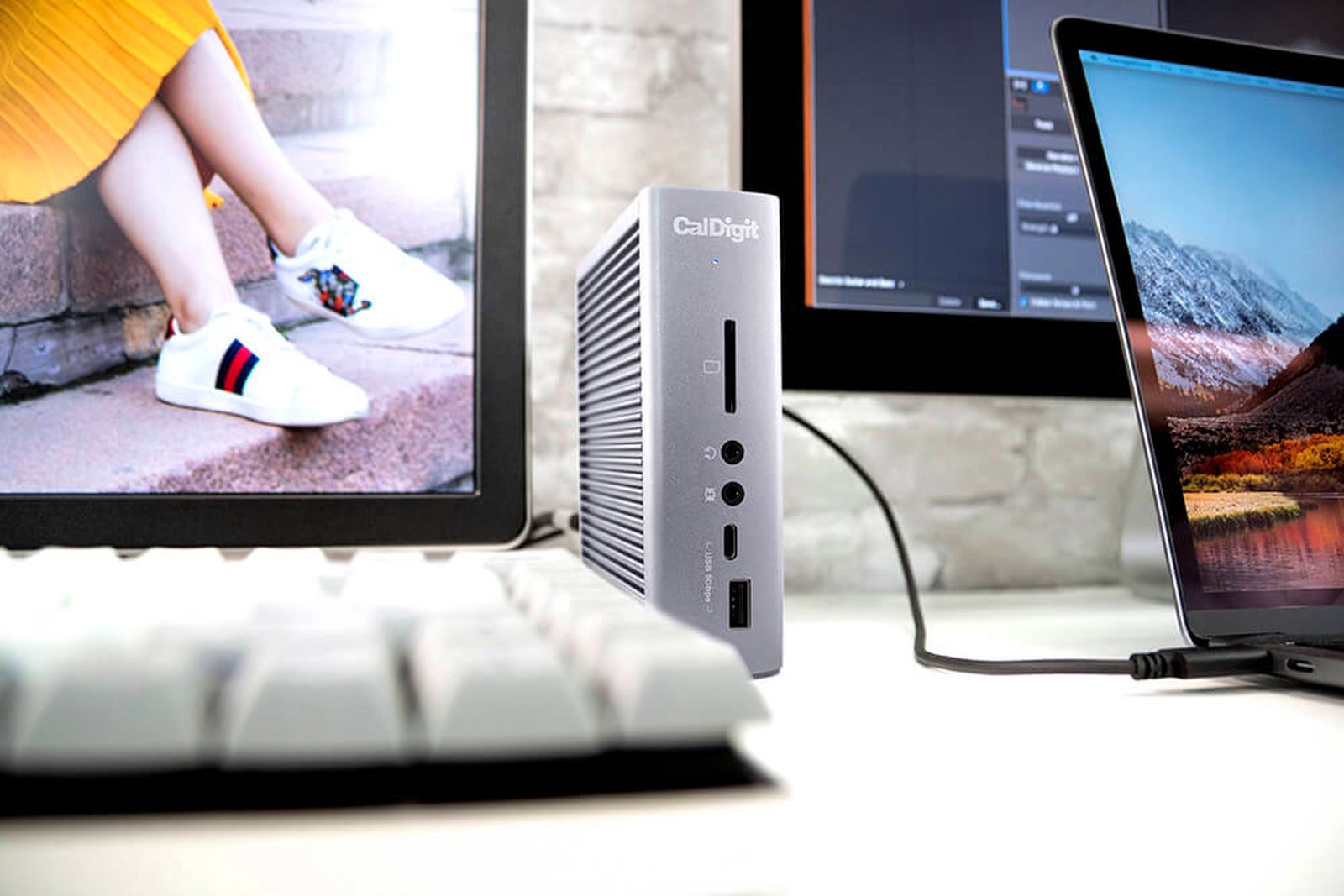
Out of the box it is basically an aluminum parallelepiped as big as half a Mac mini (in volume), whose satin surface accompanies the connectors.
The metal certainly helps dissipation, even if in the test period Caldigit TS3 Plus has warmed up but not excessively (and in any case much less than the Mac mini which instead always looks like a furnace).
If placed on the front, a small blue LED indicates its operation and is the only habit available, in addition of course to the two internal LEDs present in the RJ45 Ethernet socket.
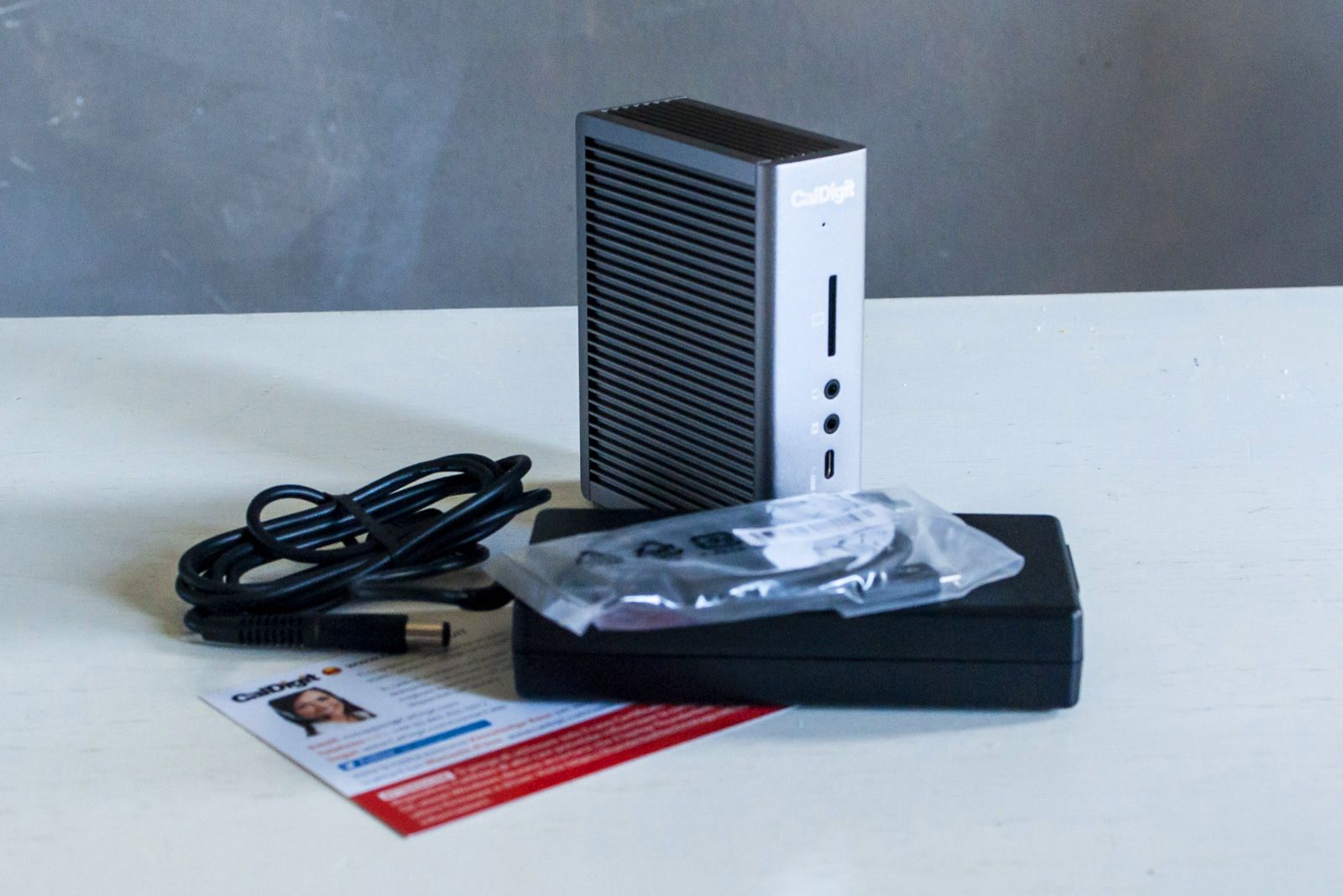
The more you have, the more you put it
From behind there are (at least) two cables, one that carries the power (180W) and a second that goes to the Mac or Windows PC on the Thunderbolt 3 port.
In this way, it opens up to a whole series of opportunities: the only Thunderbolt 3 cable opens to as many as five USB-A connectors (USB-A 3.1 Gen 1 at 5Gb / s), a USB-C 3.1 Gen 1 (5Gb / s) front and one rear USB-C 3.1 Gen 2 (10Gb / s), one SD Card reader, one optical audio interface, one Gigabit Ethernet, two front stereo analog audio outputs (input and output) and DisplayPort 1.2, with also an output Thunderbolt 3 to bridge with other devices or HUBs.
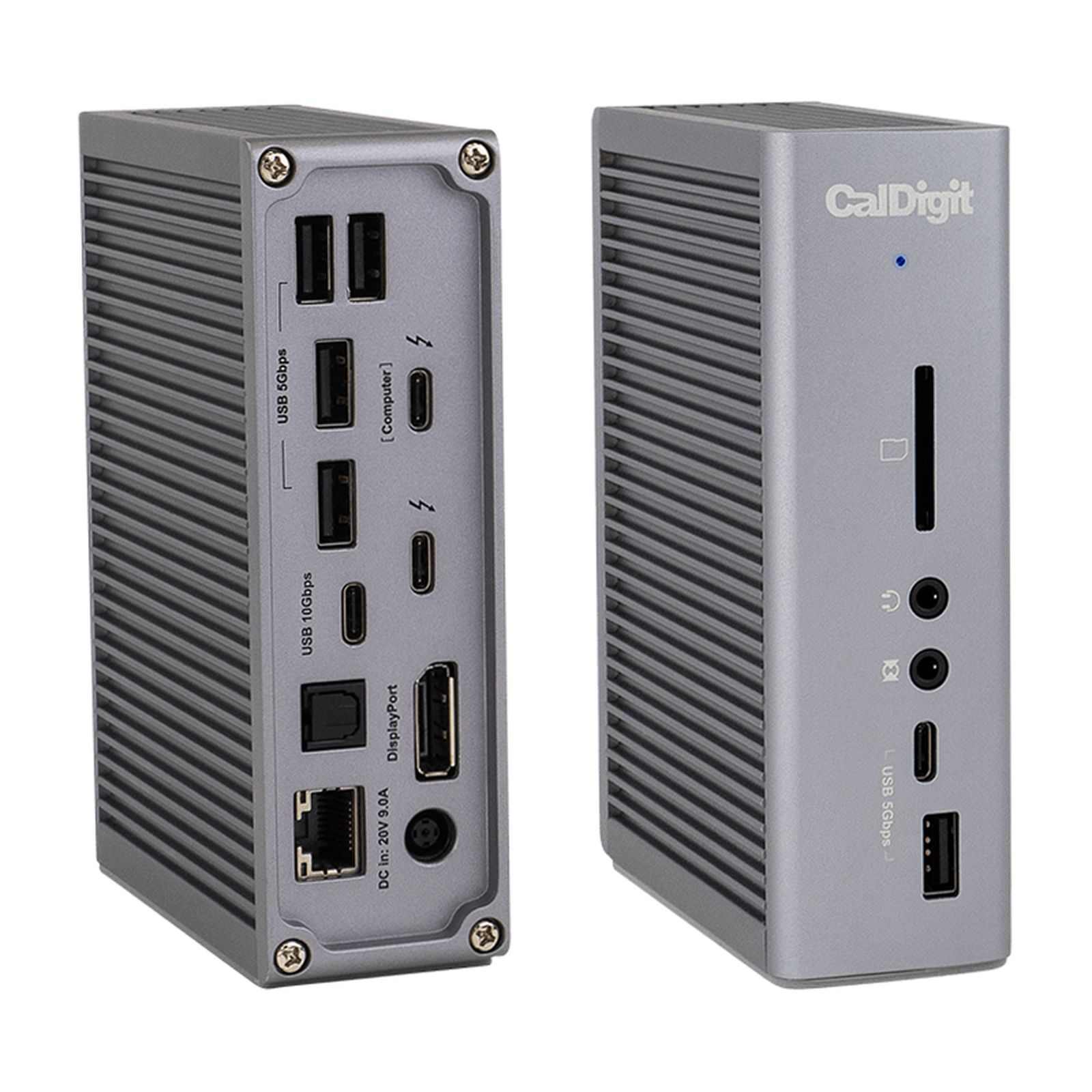
The sockets are divided between the front and the rear, even the rear one is much richer: in fact, here are the largest number of connectors and also the most powerful ones, placed in a non-linear way, even if this is a detail that from a professional perspective it really matters very little.
The best thing is undoubtedly the possibility of having a lot of ports available, together with those present in computers natively.
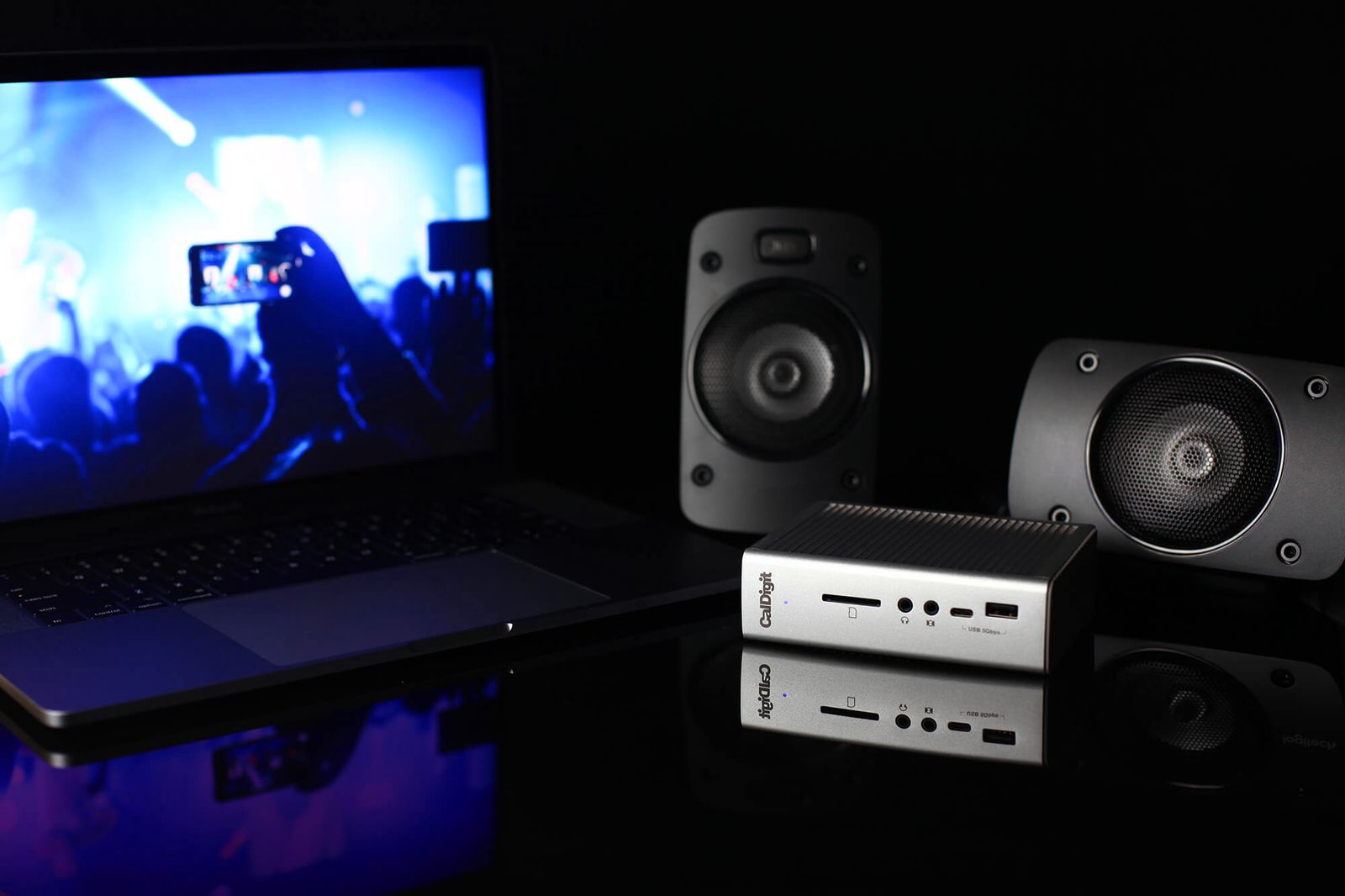
How to use
At the time of writing Caldigit TS3 Plus is serving an LG 27UL850 4K display, WD MyBook Duo external drive, Razeer Basilisk Ultimate wire mouse, LaCie Rugged Thunderbolt external drive with USB-C, USB stick, Samsung M4020 printer , the Razer Nommo Pro audio diffusion system, of course, also by recharging and synchronizing our iPad Air.
All this governed by the Mac mini, on which we are writing this article: the question is, could all this be supported by the USB-C HUB? Perhaps (but more likely not), in a certainly more unstable way (because they are not powered) or in any case giving up something if the energy demand was excessive.
But if we go to a MacBook Pro, where the trade-offs are more evident, then the Caldigit TS3 Plus because the Thunderbolt 3 cable that goes to the Mac not only carries the data of all devices, but also powers it while we work (so the original power supply can remain in the bag, avoiding to forget it at home on the next trip, we know something).
Caldigit TS3 Plus is in fact able to load all MacBook and MacBook Pro currently in the bin (and many PC models) via Thunderbolt 3 or USB-C correctly, with a slight slowdown only in the case of the MacBook Pro 16.
Not to mention that in addition to the quantity, a Thunderbolt 3 HUB offers unparalleled performance from a USB-C connection: a quick exchange of emails with the manufacturer made it clear that Thunderbolt 3 is an Intel patent, so every device must be approved, with standard very tall. Thunderbolt 3 is also capable of supporting 4K displays at 60Hz while USB-C Hubs are limited to 30Hz (and unable to go above 4K).
In addition to this the speed of 40Gb / s instead of the 5Gb / s or 10Gb / s of USB-C, very important data if you have external drives connected, especially if they offer SSDs. In addition, the T3 connection can take advantage of eGPU. Basically another planet and in any case the only way for those who work professionally with different external devices.
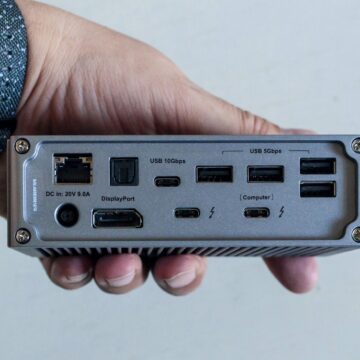
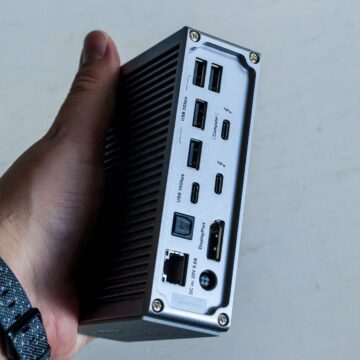
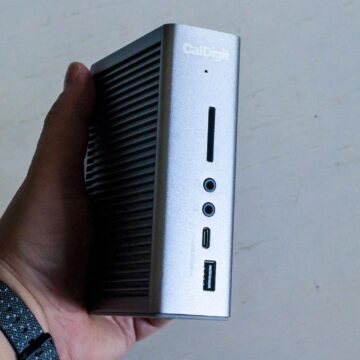
Considerations
The most important question is: do you really need a HUB like the Caldigit TS3 Plus above the desk? The answer is subjective, but for those who work professionally it is difficult to say no, because the comfort is such that you get used to it in a second (and you think about taking another one, because the equipment increases).
If you have a laptop, then, that you also use in Desktop mode (with display, mouse, keyboard and other devices) then the answer is undeniably yes, unless you like to go crazy plugging and unplugging all the connectors every time.
Regarding the cost, compared to many other brands of the competition, it is significantly lower, even if on balance from the point of view of the characteristics it is perfectly in line: Caldigit is not talked about much, but it should be talked about more.
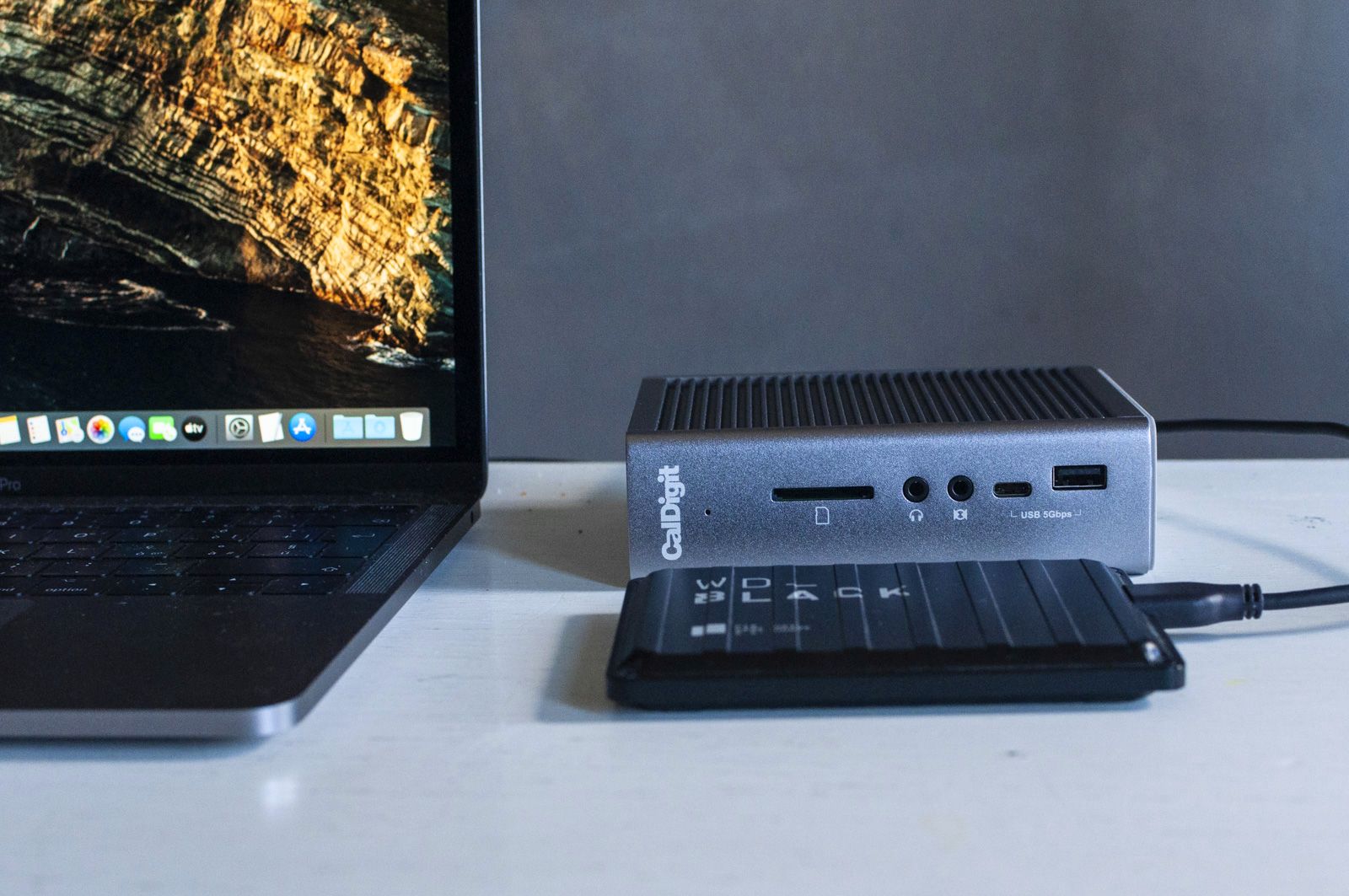
Pro:
• Powerful, functional, with many ports • Attractive price / performance ratio • Charges a MacBook Pro while in use
Cons:
• Rear aesthetics to be reviewed • The external power supply is really important
Price:
• 269.95 Euro
Caldigit TS3 Plus is conveniently available at Amazon.it




